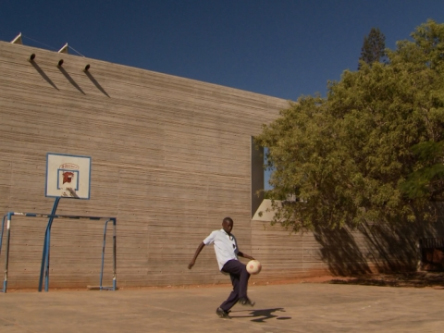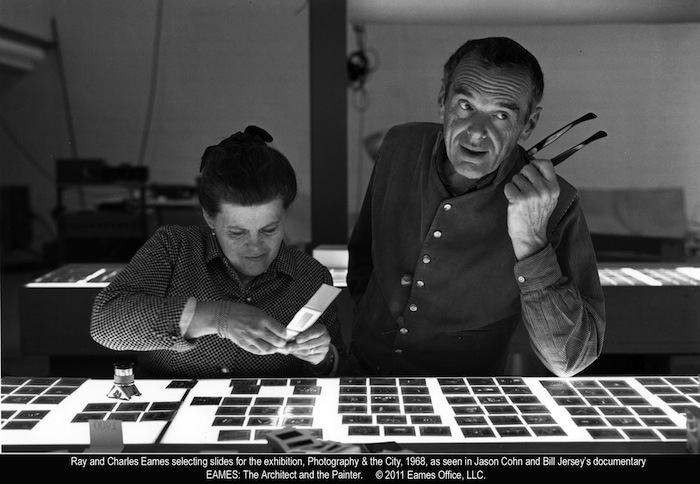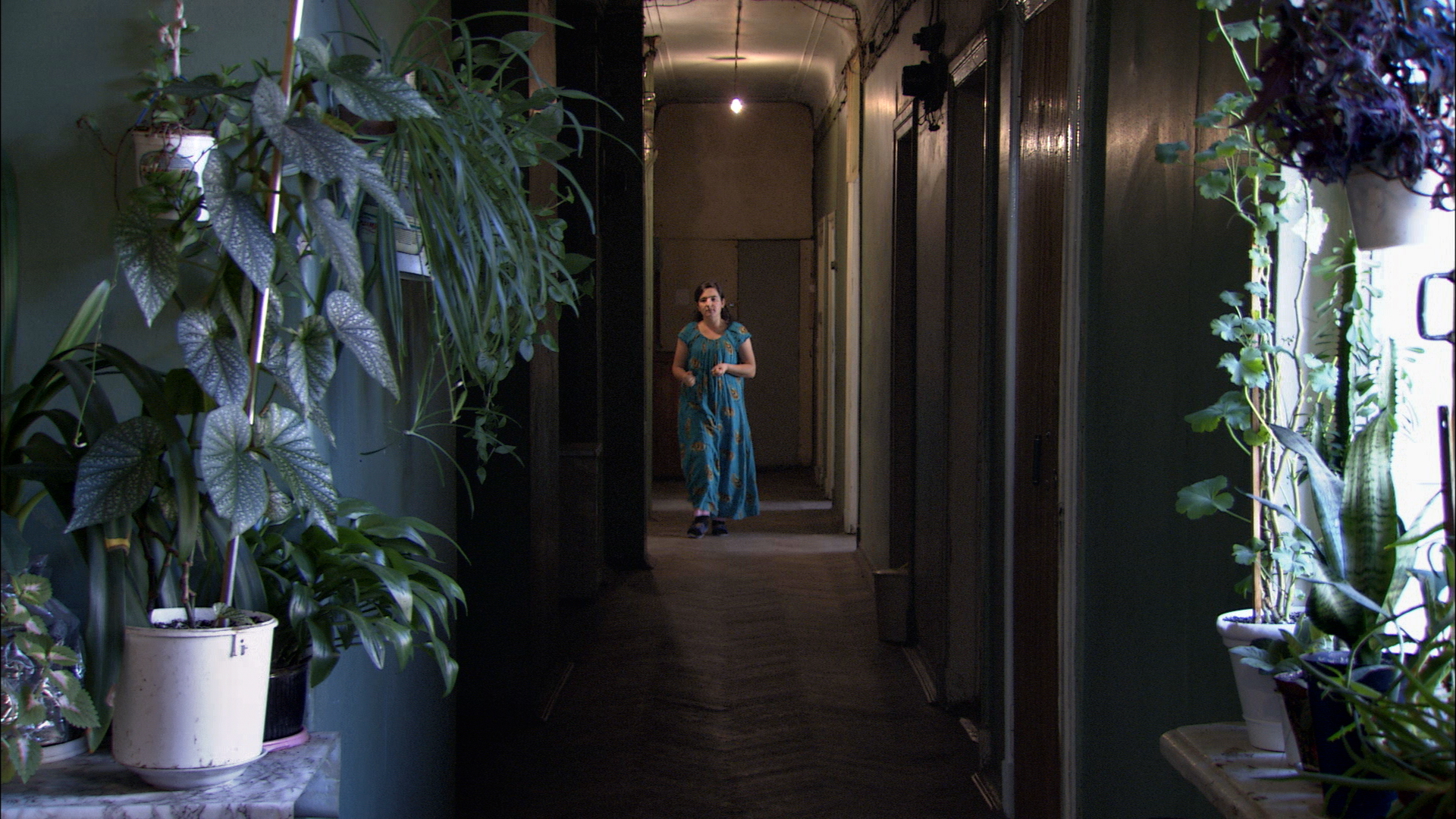Movement and architecture
Dancing in the rebuilt Neues Museum and on the waving steel sheets of Frank Gehry, freerunning in Copenhagen and skateboarding in a run-down housing estate. Keeping off the grass in Eastern Hungary and jumping on the roof in the Hudson Valley. Starchitects, bloodthirsty pensioners, and a hidden camera. Why do Danish traceurs want to move to a playground and why don?t Józsa skaters just go back to theirs? Poetic images, graceful motions, the delicate play of the muscles. Take your skateboards and sod off or I?ll get my axe.

Memories of modernism
Did modernism really die on March 16, 1972, with the demolition of the infamous Pruitt-Igoe housing complex as Charles Jencks claimed? Or is it just that the image of the collapsing blocks has become an icon for the history of architecture, obscuring the social factors? How is it possible to preserve the heritage of modernism in Palm Springs and how was it possible to destroy it in New Orleans? This section recalls the micro- and macro-utopias of modernist architecture from the beginnings of the Bauhaus to Victor Gruen?s experiments with the shopping towns and the car-free cities.
The HQ of B&B Italia in Milan, the Antwerp railway station, the buildings of the Dutch embassies are all extrovert buildings. The first was used by Renzo Piano to experiment with turning the structure inside out as a preparation for the Pompidou Centre, the second aimed to proclaim the wealth of Leopold II and Belgium, while the carefully designed embassies wanted to embody the attitude and architecture of the Netherlands in foreign countries. But after a while, all buildings start to live their own lives, due to their interactions with the employees, the travelers, and the locals. These three films tries to map these connections, either through the eyes of the company workers, or by exploring their political backgrounds, or being inspired by literary references.
One film about an architect, one about a desgner, and one about an architect / designer / filmmaker couple. Where do the fields end and where do they overlap? Is it possible to find common points in the working methods of Hella Jongerius and Norman Foster and in the way Charles and Ray Eames ran their studio, decades before? How much should we know about them beyond their works, how much they wanted or want to reveal about themselves, and what do their creations reveal about them?
Critical situations?in the settlement, in the flat, in the metropolis; on a Caspian oil platform, in the kommunalkas of Saint Petersburg, and on the streets of Detroit. These three levels also correspond with the domains of the secret, the private and the public. Just like the hellish Russian communal apartment, the kommunalka; the once closely guarded Azerbaijani settlement of oil workers is the heritage of the USSR. Now, for the first time, we can get an insight into the history of its founding, decline and unexpected revival, due to the skyrocketing oil prices. This factor, however, on the other side of the world, played a major role in the collapse of the Detroit motor industry, calling for a movie that would literally project the city?s roaring past onto its troubled present.



